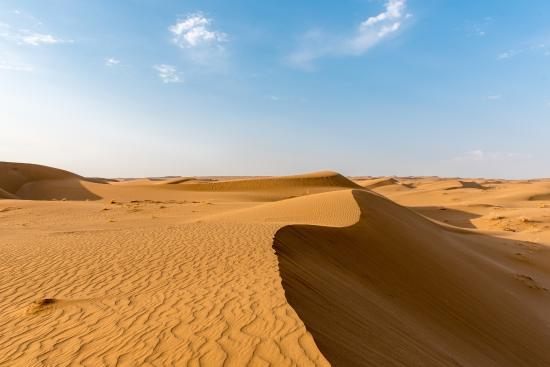The name of Maranjab was chosen by Shah Abbas the Safavid King. When Shah Abbas used to build caravanserai in every city or route, he would never imagine that he would build a castle in the forgotten Maranjab Desert. But as soon as the Tajiks and Afghans reached Isfahan and central regions Shah Abbas felt the absence of a military castle accommodating 500 soldiers. He called the castle Maranjab.
The Maranjab castle is a caravanserai in the desert on the route of Silk Road.
In old days, the caravans traveling to and from Khorasan, Isfahan and Rey would take this course.
The qanaat beside the caravanserai, which has created a large pond, has fresh water; a unique phenomenon in desert and saline soils.
The Maranjab desert owes its name and fame to this caravanserai.
The flora of Maranjab desert include salt-loving plants like tamarisk, saxaul, zygophyllum.
The fauna of the region is also rich due to abundant water and food.
From among the fauna of the region mention can be made of wolf, jackal, hyena, sand fox, sand cat, chameleon, kinds of lizard, snake, scorpion, see-see partridge, eagle and falcon. In recent years, a pair of cheetahs have been seen in Maranjab region. According to the locals presently there are 21 cheetahs in the region.
Maranjab is one of the most beautiful desert regions of Iran.
The high sand hills and forests of saxaul shrubs have granted special beauty to the region.
Maranjab Desert
December 20, 2021
0 comment

Comment (0)